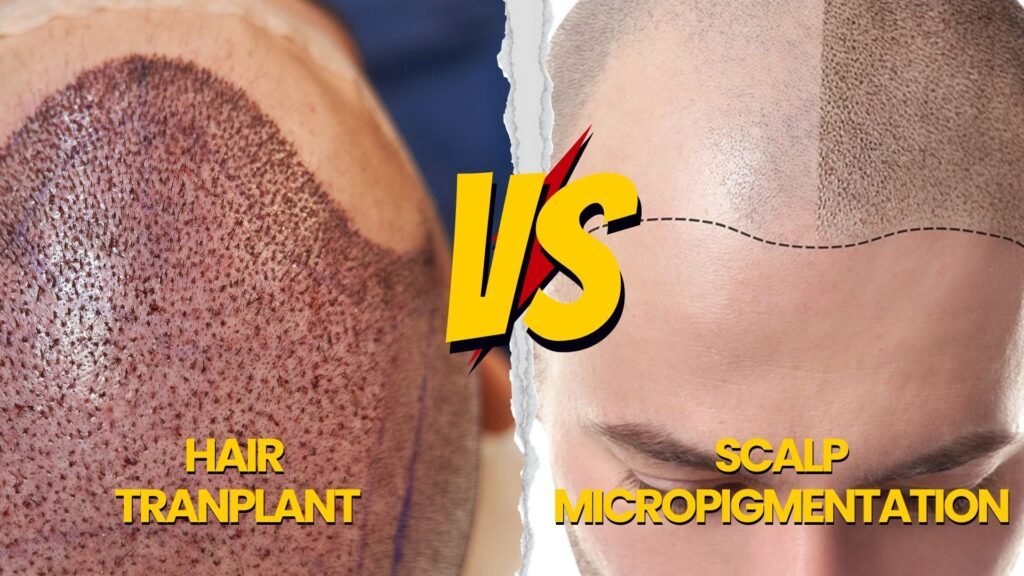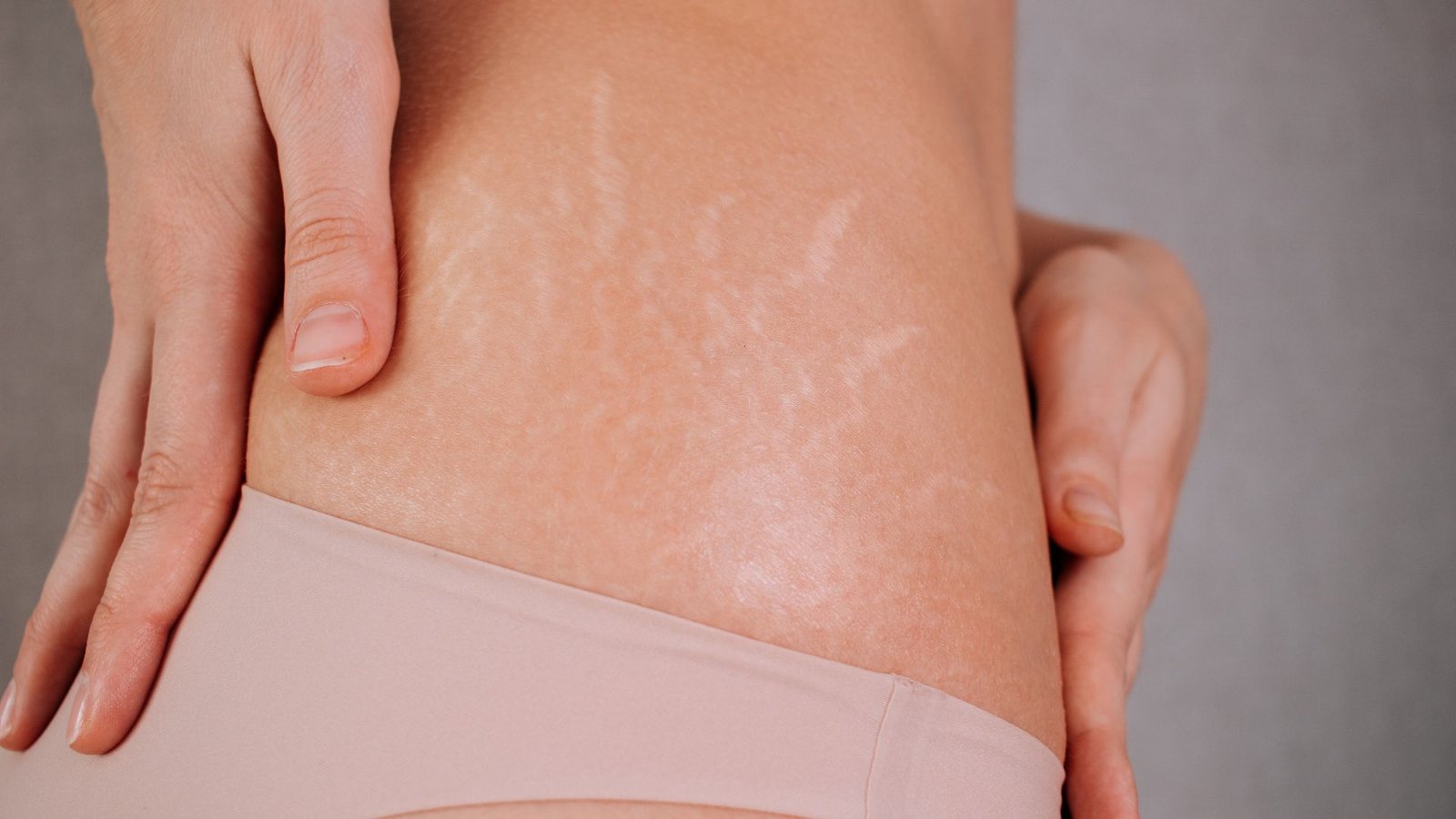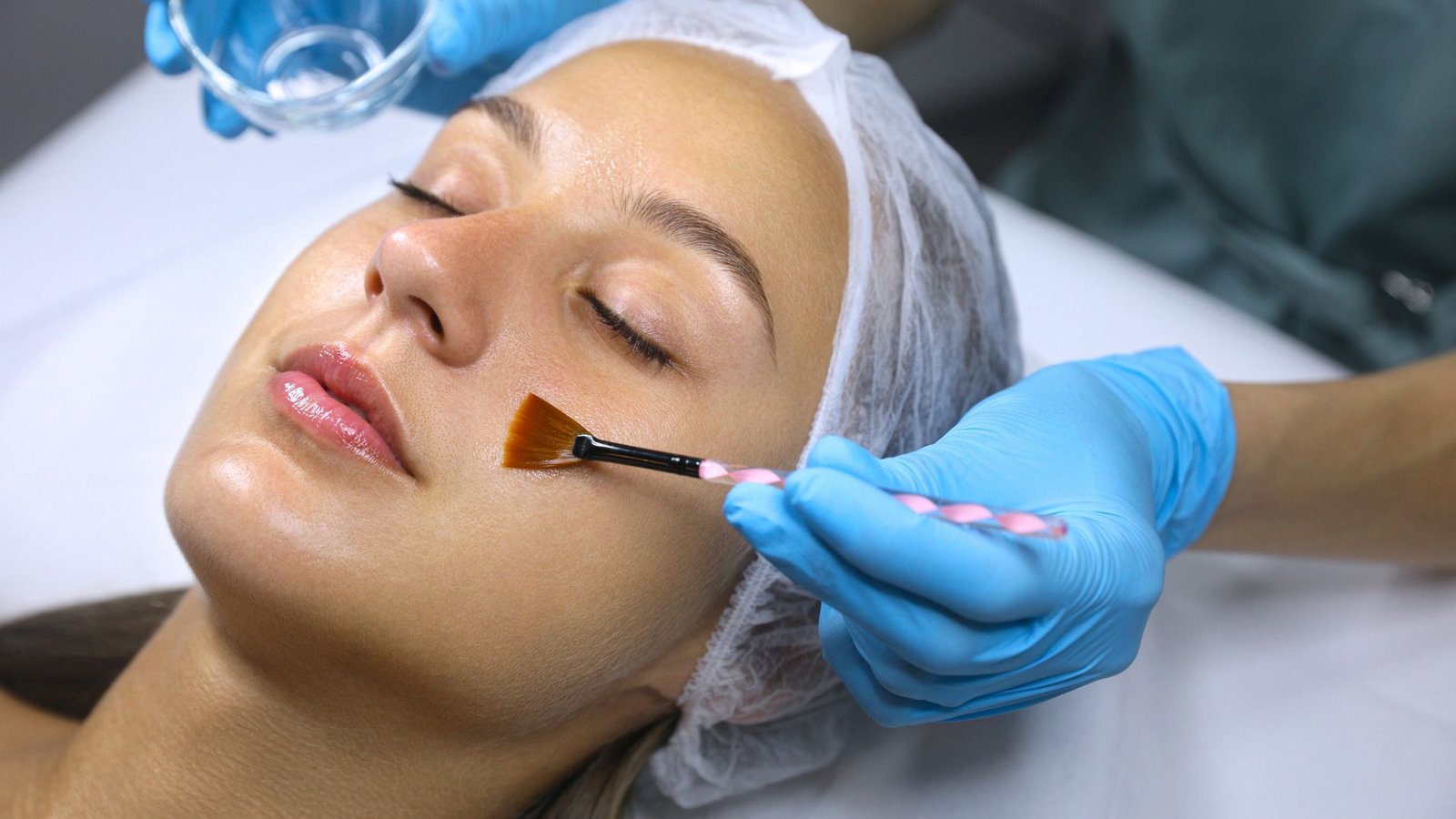Hair Transplant vs. SMP : The Real Winner for Hair Loss

You’re not bald. You’re just stuck at a hair-loss crossroads—two paths, two promises. One guarantees instant results with no surgery, and the other? A long, uncertain wait for natural regrowth. The choice seems obvious, yet so many people hesitate, unsure of what really works.
So, which one actually delivers? Which suits your lifestyle, confidence goals, and budget?
This isn’t just another pros-and-cons list. We’re cutting through marketing fluff and diving into real-world impact, hidden pitfalls, and lifestyle trade-offs that clinics don’t always disclose.
By the end of this guide, you won’t just understand SMP vs. hair transplants—you’ll know exactly which one is right for you. Because hair loss is not just about how you look — it’s how you see yourself, how you live your life, and how you feel in your skin.
The Truth About Scalp Micropigmentation (SMP) That No One Talks About
You are familiar with hair transplants, but what about Scalp Micropigmentation (SMP)? It’s a well-misunderstood, and for many a literal life-changer in hair restoration.
What is SMP, Really?
SMP doesn’t regrow hair — rather, it creates the appearance of density by depositing small pigments into the scalp. It’s not a tattoo; it’s a precision technique that stimulates real hair follicles to fill in thinning areas.
Why Some People Choose SMP Over Transplants
Instant Transformation – No waiting, no regrowth phase. You walk out looking like you have hair.
No Donor Hair Needed – If your hair loss is too advanced for a transplant, SMP is still an option.
Zero Downtime – No stitches, no swelling, no weeks of healing.
Low Maintenance – Once healed, SMP is sweatproof, rainproof, and fade-resistant for years.
Who SMP Might NOT Be Right For
If You Want Actual Hair Growth – SMP only creates the look of hair, not physical strands.
If You Frequently Change Hairstyles – SMP works best for those who prefer a buzzed or shaved look.
If You Expect a One-and-Done Treatment – Pigments fade over time, requiring touch-ups every 4-6 years.
SMP is perfect if you want an instant, non-surgical fix that requires minimal upkeep. If you expect real regrowth, this isn’t the right choice.
The Reality of Hair Transplants—Are They Worth the Wait?
Unlike SMP, a hair transplant is a surgical procedure whereby healthy hairs are extracted from the back or sides of your scalp, and implanted into the thinning locations.
Who Benefits Most from Hair Transplants?
People with Enough Donor Hair – The procedure only works if you have strong hair at the back and sides.
Those Who Can Wait for Results – It takes 6-12 months before you see full growth.
People Looking for a Permanent Fix – Once the transplanted hair settles, it lasts for life.
The Downsides of Hair Transplants
Not for Everyone – If you have lost too much hair, you might not possess sufficient donor follicles for a successful transplant.
Long Healing Time – Look forward to weeks of scabbing, swelling, and shedding before anything shows.
High Cost – A transplant is a long-term investment, often costing 3-5x more than SMP.
If you have strong donor hair and patience, a transplant is the most natural, permanent fix. If you need instant results with zero downtime, SMP is the better choice.
SMP vs. Hair Transplants: How They Fit Into Real Life
Most blogs just compare cost and success rates, but what about lifestyle impact? Here’s how each option plays out in the real world:
- Time to Confidence Boost
SMP: Immediate—walk out with a transformed look.
Hair Transplant: 6-12 months—you’ll go through a “shedding phase” before seeing results.
- Lifestyle Maintenance
SMP: Minimal—just an occasional touch-up every few years.
Hair Transplant: Ongoing care—medications, PRP treatments, and strict post-surgery maintenance.
- Weather & Sweat Factor
SMP: Sweatproof, rainproof — perfect for active and gym-inspired lifestyles.
Hair Transplant: Requires extra care—sunlight and sweat can affect healing.
Cost Breakdown: Which One Is Actually More Affordable?
Treatment | Upfront Cost | Long-Term Cost | Ongoing Maintenance | Failure Risk |
Scalp Micropigmentation (SMP) | ₹60,000 – ₹1,20,000 | Touch-ups every 4-6 years | Sunscreen, occasional touch-ups | None—pigment remains stable |
Hair Transplant | ₹1,00,000 – ₹3,50,000 | One-time cost (if successful) | Medications, PRP, special shampoos | If the transplant fails, another procedure may be needed |
Key Takeaways:
- SMP is generally more affordable upfront but requires touch-ups every few years to maintain its appearance.
- Hair transplants are more costly up front but usually require less maintenance over time if the transplant is a success.
- In the event that hair transplant does not work or balding persists, more treatments would be required, making the whole cost higher.
which is cheaper?
- If you want a low-cost, low-maintenance solution, SMP wins.
- If you’re ready to invest heavily upfront for long-term natural regrowth, a transplant might be worth it—but only if you have strong donor hair.
The Hidden Truths About SMP & Hair Transplants
Most marketing makes these procedures sound flawless—but no treatment is perfect. Here’s what you won’t hear in sales pitches:
The Hard Truth About Hair Transplants
Transplants Can Fail – Up to 30% of implanted follicles don’t survive, leading to patchy growth and a need for additional procedures.
Hair Transplants Don’t Stop Future Balding – If your natural hair continues to thin, you might need another transplant in the future.
Recovery Isn’t Easy – Swelling, scabbing, and “shock loss” (temporary shedding) are all part of the long, awkward healing phase.
The Hard Truth About SMP
It’s Not One-and-Done – Does SMP Fade? Yes, But Not Like a Tattoo. Unlike regular tattoos that can blur or discolour, SMP lightens gradually over time. The pigment fades naturally, but it won’t disappear completely—it just softens. Regular touch-ups every 4-6 years keep it looking fresh.
Not Ideal for Long Hairstyles – If you’re expecting to grow your hair, SMP won’t help—it works best for buzzed, shaved, or density-enhanced looks.
Sun Exposure Can Fade Pigments Faster – Regular SPF use is non-negotiable to keep SMP looking sharp.
Neither SMP nor hair transplants are “miracle fixes.” SMP is predictable but requires occasional upkeep, while transplants can fail or require multiple procedures.
The Final Verdict: Which One is Actually Better?
At this point, you know the real pros, cons, and hidden truths—but let’s simplify the decision.
| Scalp Micropigmentation (SMP) | Hair Transplant |
Time to See Results | Instant—walk out with a full-looking hairline | 6-12 months before full regrowth |
| No—completely non-invasive | Yes—requires recovery |
Works for Everyone? | Yes—no donor hair needed |
|
Cost |
| Higher upfront, long-term investment |
- If you want instant results, a non-invasive option, and don’t want to deal with long recovery times, SMP wins.
- If you have strong donor hair, patience, and want real regrowth, a transplant is the most natural option.
Conclusion
Still unsure? That’s normal. Hair loss treatments are not one-size-fits-all — a treatment that works for another person may not work for you. The key is selecting what works for you, your needs, lifestyle, and comfort level.
Here’s what to do next:
- Look at real before-and-after photos – Visualising results helps you set realistic expectations.
- Talk to a professional – A consultation can confirm if you qualify for a transplant or if SMP is a better fit.
- Think about lifestyle fit – Do you want instant confidence with minimal upkeep (SMP)? Or are you willing to wait and invest in real regrowth (hair transplant)?
At the end of the day, there’s no universal winner—only the solution that’s right for you. Because hair restoration isn’t just about looking better—it’s about feeling like yourself again.





